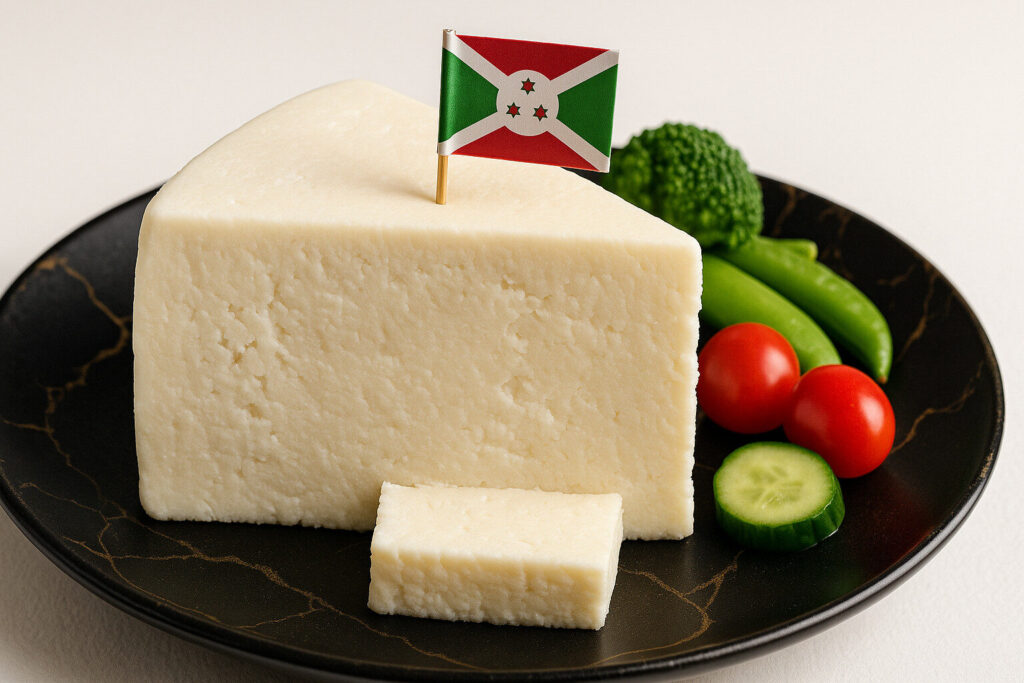Lactic Coagulation Cheese
Definition and Scope
Lactic coagulation cheese is defined by its primary coagulation method using lactic acid bacteria. This process involves acidifying milk through bacterial fermentation rather than enzymatic action from rennet. The category includes fresh, unripened cheeses with high moisture content and mild acidity. These cheeses typically exhibit a short shelf life and delicate texture due to their minimal processing.
The scope encompasses numerous cheese varieties across global traditions, primarily focusing on soft, spreadable textures. Common examples include fromage frais, quark, and some goat milk cheeses. These cheeses rarely undergo pressing or aging processes, distinguishing them from rennet-coagulated counterparts. Their production emphasizes freshness and immediate consumption within days of creation.
Production Process
Production begins with milk pasteurization followed by inoculation with specific lactic acid bacteria cultures. The milk acidifies over 12-24 hours as bacteria convert lactose into lactic acid. This gradual acidification causes casein proteins to coagulate at pH levels around 4.6. Temperature control remains critical throughout, typically maintained between 20-30°C.
After coagulation, the curd undergoes gentle handling without cutting or heating. Workers drain the whey through cloth bags or perforated molds over several hours. The process excludes rennet entirely or uses minimal quantities compared to other cheese types. Final steps may include light salting and packaging for immediate distribution to retailers.
Sensory Profile
These cheeses present a distinctly tangy flavor profile derived from lactic acid development. Their aroma carries fresh, milky notes with occasional yogurt-like characteristics. Texture ranges from spoonable and creamy to crumbly depending on moisture content. The absence of aging prevents development of complex flavor compounds found in matured cheeses.
Visual appearance typically shows pure white coloration without rind formation. Moist surfaces appear slightly glossy while drier versions maintain matte finishes. Mouthfeel remains smooth and moist without graininess or firmness. Flavor intensity stays mild to moderately acidic without bitter or pungent notes.
Culinary Applications
Lactic cheeses serve primarily as fresh eating cheeses in culinary contexts. Their spreadable consistency makes them ideal for breads, crackers, and pastry fillings. They incorporate smoothly into dips, desserts, and cheese-based sauces without oil separation. Many varieties work particularly well in cheesecakes and other dairy-forward desserts.
These cheeses pair effectively with fresh fruits, honey, and light wines due to their clean acidity. They rarely withstand cooking applications involving high heat or prolonged baking. Their moisture content makes them unsuitable for grating or frying applications. Contemporary uses include protein additions to smoothies and health-focused snacks.
Regional Examples
France produces numerous lactic coagulation cheeses including fromage blanc and faisselle. These typically use cow’s milk and feature in traditional dessert preparations. German quark represents another significant example with variations across Central Europe. Scandinavian countries produce similar cheeses like kvarg and kesam.
Mediterranean regions contribute fresh goat milk cheeses such as French chèvre frais. Eastern European traditions include Serbian skorup and Bulgarian kiselo mlyako. American adaptations include cream cheese and farmer’s cheese variations. Each regional version reflects local milk sources and cultural consumption patterns.

